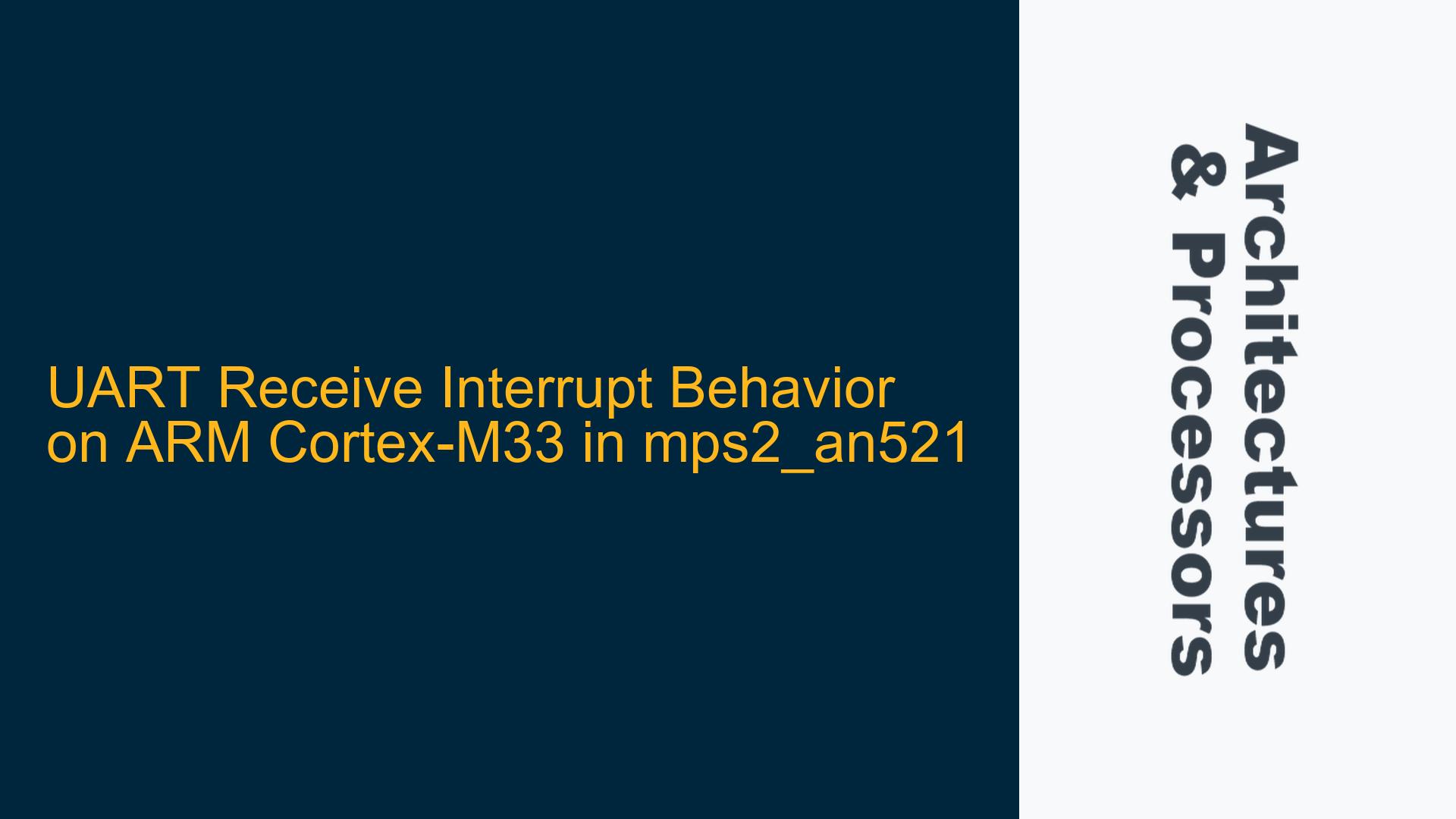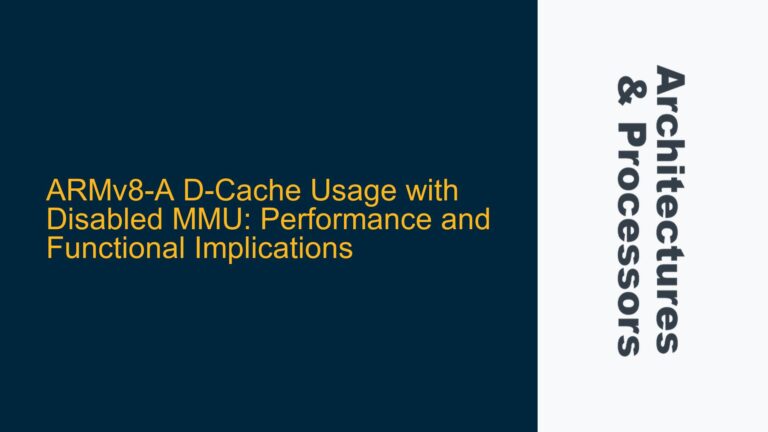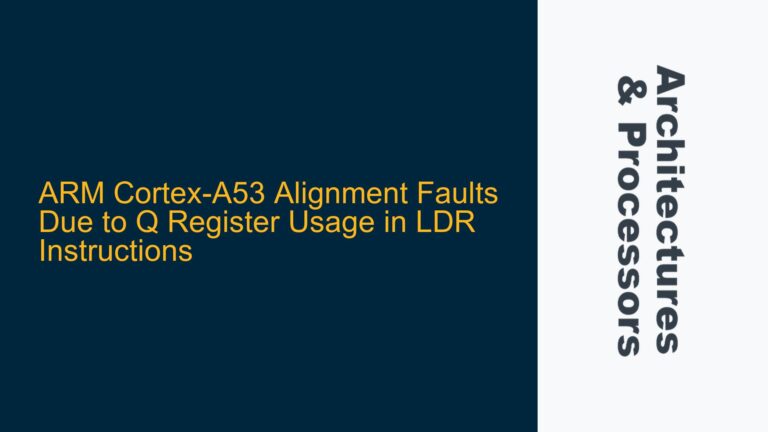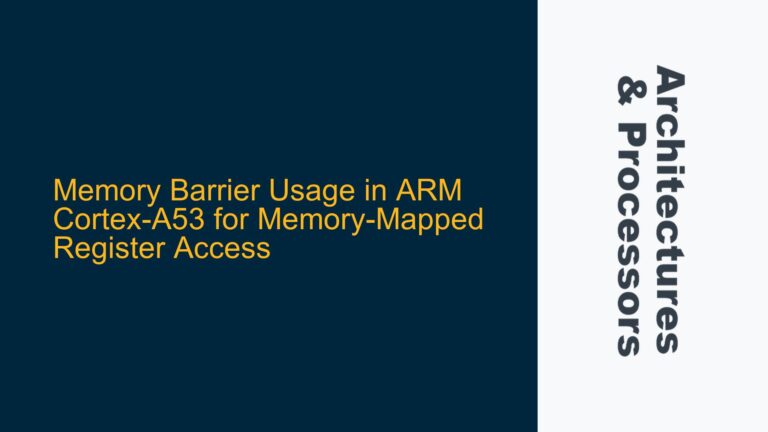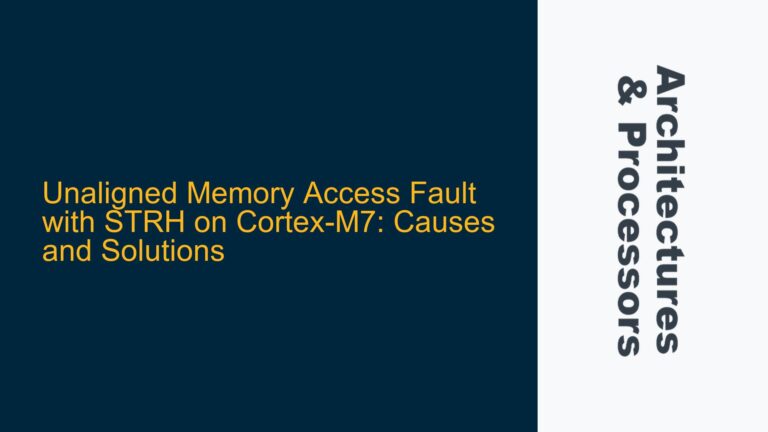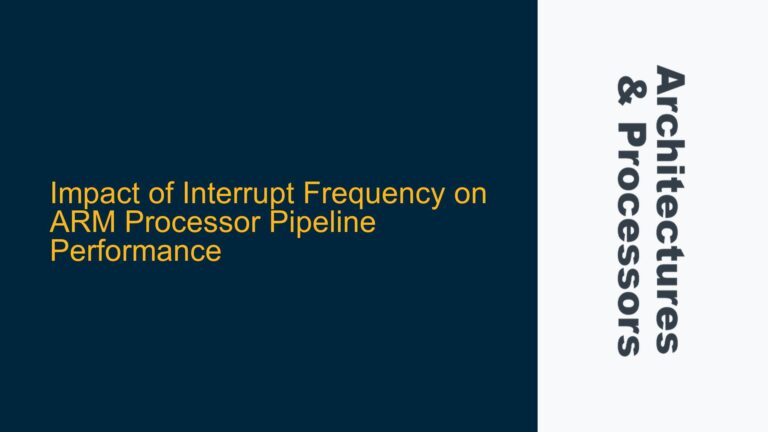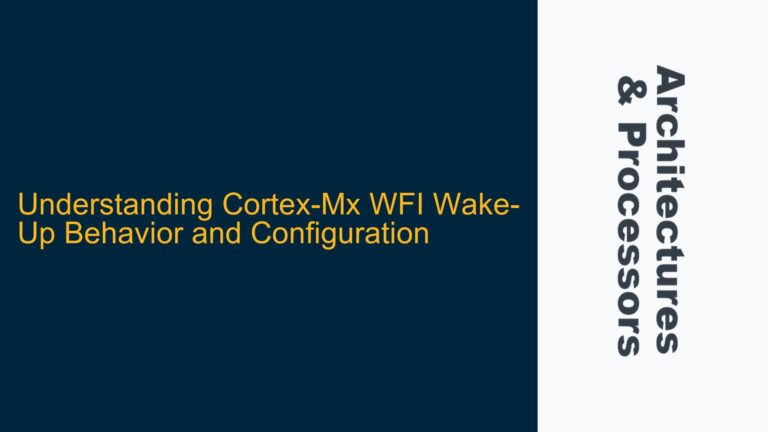UART Receive Interrupt Behavior and Buffer Full Condition
The UART (Universal Asynchronous Receiver-Transmitter) is a critical peripheral in embedded systems, enabling serial communication between devices. In the context of the ARM Cortex-M33 processor on the mps2_an521 platform, the UART’s interrupt-driven behavior is essential for efficient data handling. Specifically, the receive interrupt is designed to notify the processor when new data is available in the UART’s receive buffer. However, a nuanced issue arises when the receive interrupt is disabled while the UART’s one-byte receive buffer becomes full. The core question is whether the UART should fire an interrupt upon re-enabling the receive interrupt if the buffer remains full.
In typical UART implementations, the receive interrupt is triggered when the receive buffer transitions from an empty to a non-empty state. This interrupt signals the processor to read the data from the buffer, preventing overflow and ensuring data integrity. However, the behavior when the receive interrupt is disabled during a buffer-full condition is less straightforward. If the buffer remains full after re-enabling the interrupt, the UART should, in theory, fire an interrupt to notify the processor of the pending data. This ensures that no data is lost and the receive chain remains unbroken.
The mps2_an521 platform, which emulates the ARM Cortex-M33 processor, exhibits a behavior where the receive interrupt does not fire upon re-enabling the interrupt if the buffer is already full. This behavior raises questions about whether it is an emulation artifact in QEMU or an intended design characteristic of the hardware. Understanding this behavior is crucial for developers relying on interrupt-driven UART communication, as it directly impacts the reliability and robustness of their applications.
Emulation Artifacts and Hardware Design Considerations
The observed behavior in QEMU, where the UART receive interrupt does not fire upon re-enabling the interrupt with a full buffer, could stem from several underlying causes. These causes can be broadly categorized into emulation artifacts, hardware design considerations, and potential misconfigurations in the UART peripheral.
Emulation artifacts are a common challenge when using virtual platforms like QEMU. While QEMU provides a powerful tool for simulating ARM-based systems, it may not perfectly replicate all hardware behaviors, especially in edge cases such as interrupt handling with disabled interrupts. The UART implementation in QEMU might not account for the specific scenario where the receive buffer remains full after re-enabling the interrupt, leading to the observed behavior. This discrepancy highlights the importance of validating critical functionality on physical hardware when possible.
Hardware design considerations also play a significant role in determining the UART’s interrupt behavior. In some UART implementations, the interrupt generation logic is designed to trigger only on state transitions, such as the buffer transitioning from empty to non-empty. If the buffer is already full when the interrupt is re-enabled, the UART might not detect a state transition and, therefore, not generate an interrupt. This design choice could be intentional to simplify the interrupt logic or to align with specific use cases. However, it can lead to data loss if the application relies on the interrupt to handle pending data.
Another potential cause is misconfiguration of the UART peripheral. The ARM Cortex-M33’s UART peripheral offers various configuration options, including interrupt enable/disable controls, buffer size settings, and interrupt priority levels. If the UART is not configured correctly, it might not generate interrupts as expected. For example, if the receive interrupt enable bit is not set properly or if the interrupt priority is too low, the UART might fail to trigger the interrupt even when the buffer is full.
Validating and Resolving UART Interrupt Behavior
To address the UART receive interrupt behavior issue on the mps2_an521 platform, a systematic approach is required to validate the behavior, identify the root cause, and implement appropriate fixes. This process involves both software and hardware considerations, as well as potential workarounds for emulation artifacts.
The first step in troubleshooting is to validate the UART configuration. Ensure that the UART peripheral is configured correctly, with the receive interrupt enable bit set and the interrupt priority appropriately configured. Verify that the UART’s buffer size is set to one byte, as specified in the problem description. Additionally, check the UART’s status registers to confirm that the buffer is indeed full and that the interrupt pending bit is set when the buffer is full.
Next, investigate the UART’s interrupt generation logic. Review the ARM Cortex-M33 Technical Reference Manual (TRM) and the mps2_an521 documentation to understand the expected behavior of the UART peripheral. Pay particular attention to the sections describing interrupt generation and buffer management. If the documentation is unclear or does not address the specific scenario, consider reaching out to ARM support or the platform vendor for clarification.
If the issue is determined to be an emulation artifact in QEMU, consider implementing a workaround in the application code. One possible workaround is to manually check the UART’s status registers after re-enabling the receive interrupt. If the buffer is full, manually trigger the interrupt handler to process the pending data. This approach ensures that no data is lost, even if the UART does not generate an interrupt as expected.
Another potential solution is to modify the UART driver to handle the buffer-full condition explicitly. For example, the driver could maintain a software buffer to store incoming data when the UART’s hardware buffer is full. When the receive interrupt is re-enabled, the driver could check the software buffer and process any pending data before re-enabling the UART’s receive interrupt. This approach adds complexity to the driver but ensures reliable data handling in all scenarios.
Finally, if physical hardware is available, validate the behavior on the actual device. Compare the behavior observed in QEMU with the behavior on the hardware to determine if the issue is specific to the emulation or if it is a characteristic of the hardware design. If the behavior differs between QEMU and the hardware, consider filing a bug report with the QEMU development team to address the discrepancy.
In conclusion, the UART receive interrupt behavior on the ARM Cortex-M33 in the mps2_an521 platform presents a nuanced challenge that requires careful analysis and systematic troubleshooting. By validating the UART configuration, understanding the interrupt generation logic, and implementing appropriate workarounds, developers can ensure reliable and robust interrupt-driven UART communication in their applications.
